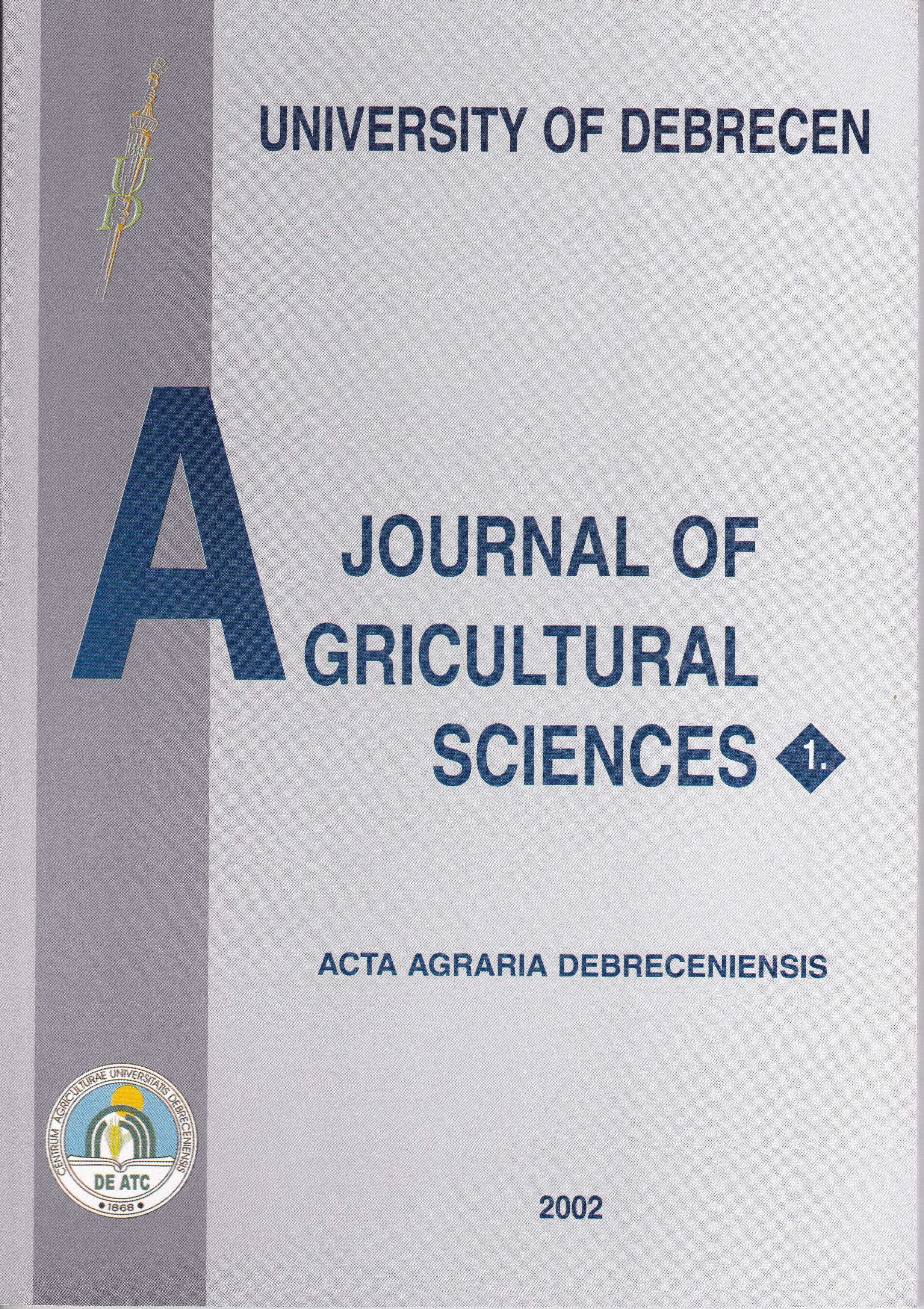Development of a New Maize (Zea mays L.) Breeding Program
Authors
View
How To Cite
Abstract
Genetic manipulation may not replace any conventional method in crop breeding programs, but it can be an important adjunct to them. Plant regeneration via tissue culture is becoming increasingly more common in monocots such as corn (Zea mays L.). In vitro culturability and regeneration ability of corn decreased as homozigosity increased, which suggested that these two attributes were controlled primarily by dominant gene action. Pollen (gametophytic) selection for resistance to aflatoxin in corn can greatly facilitate recurrent selection and screening of germplasm for resistance at a much less cost and shorter time than field testing. Integration of in vivo and in vitro techniques in maize breeding program has been developed to obtain desirable agronomic attributes, speed up the breeding process and enhance the genes responsible for them. The efficiency of anther and tissue cultures in most cereals such as maize and wheat have reached the stage where it can be used in breeding programs to some extent and many new cultivars produced by genetic manipulation have now reached the market.

 https://doi.org/10.34101/actaagrar/1/3532
https://doi.org/10.34101/actaagrar/1/3532